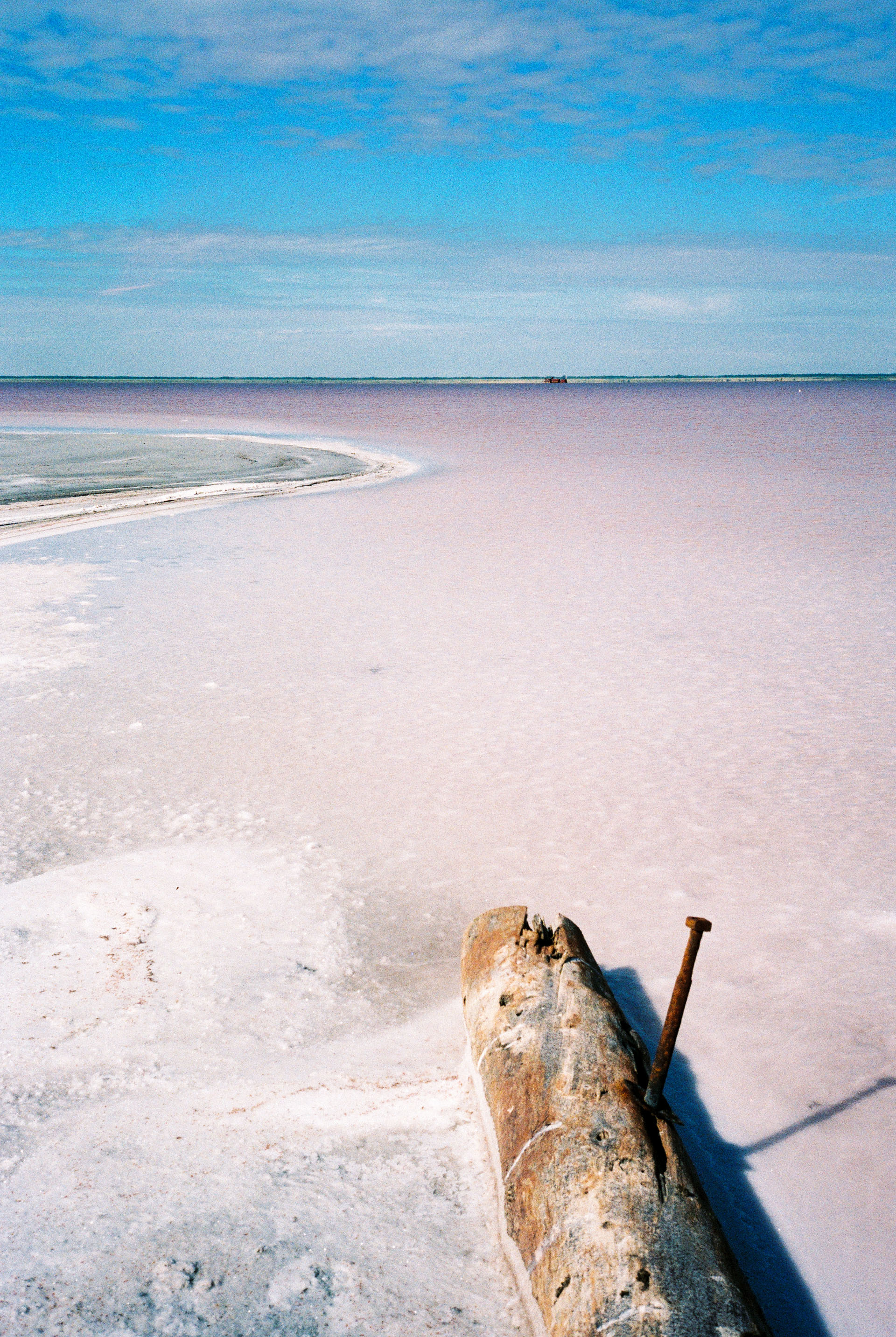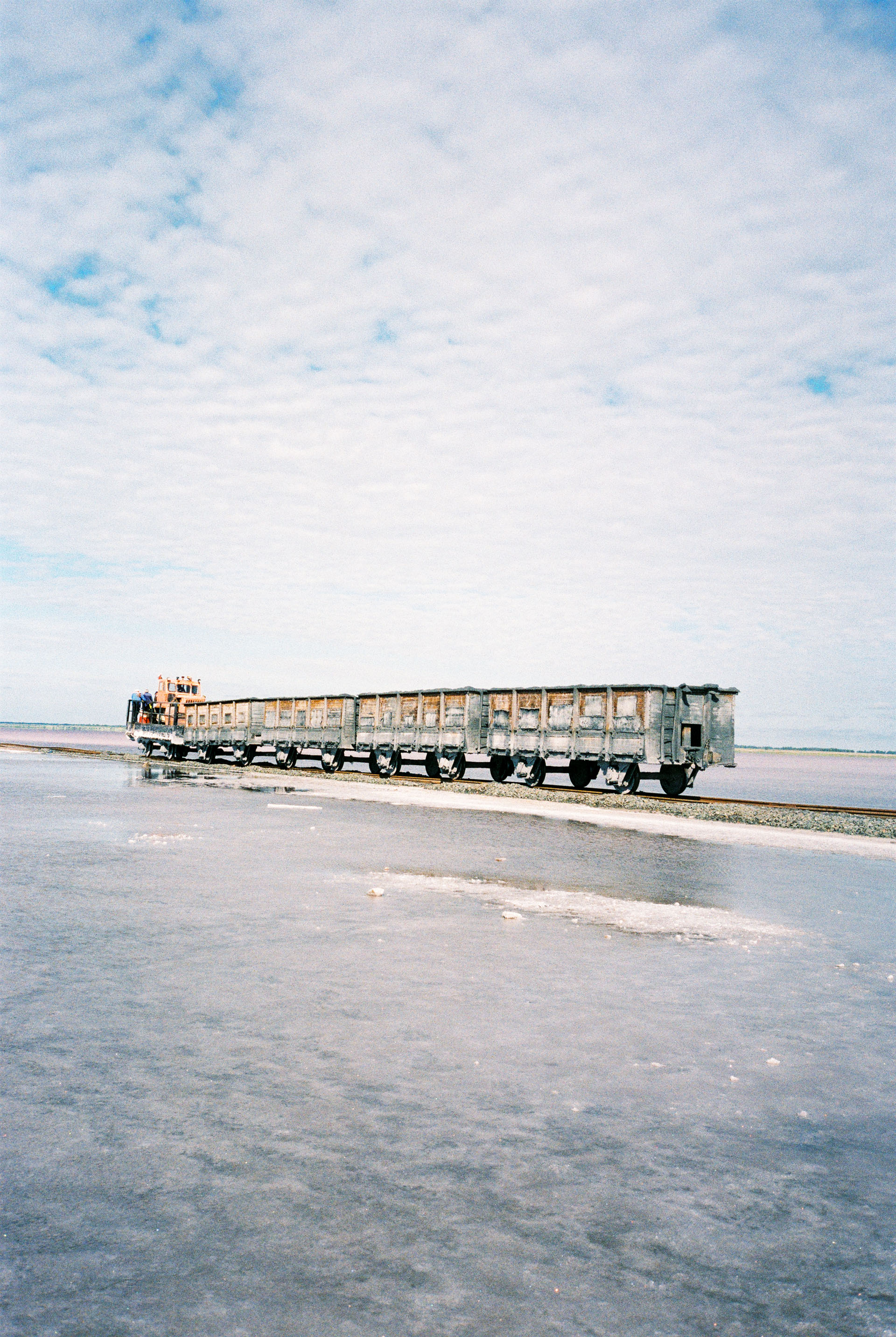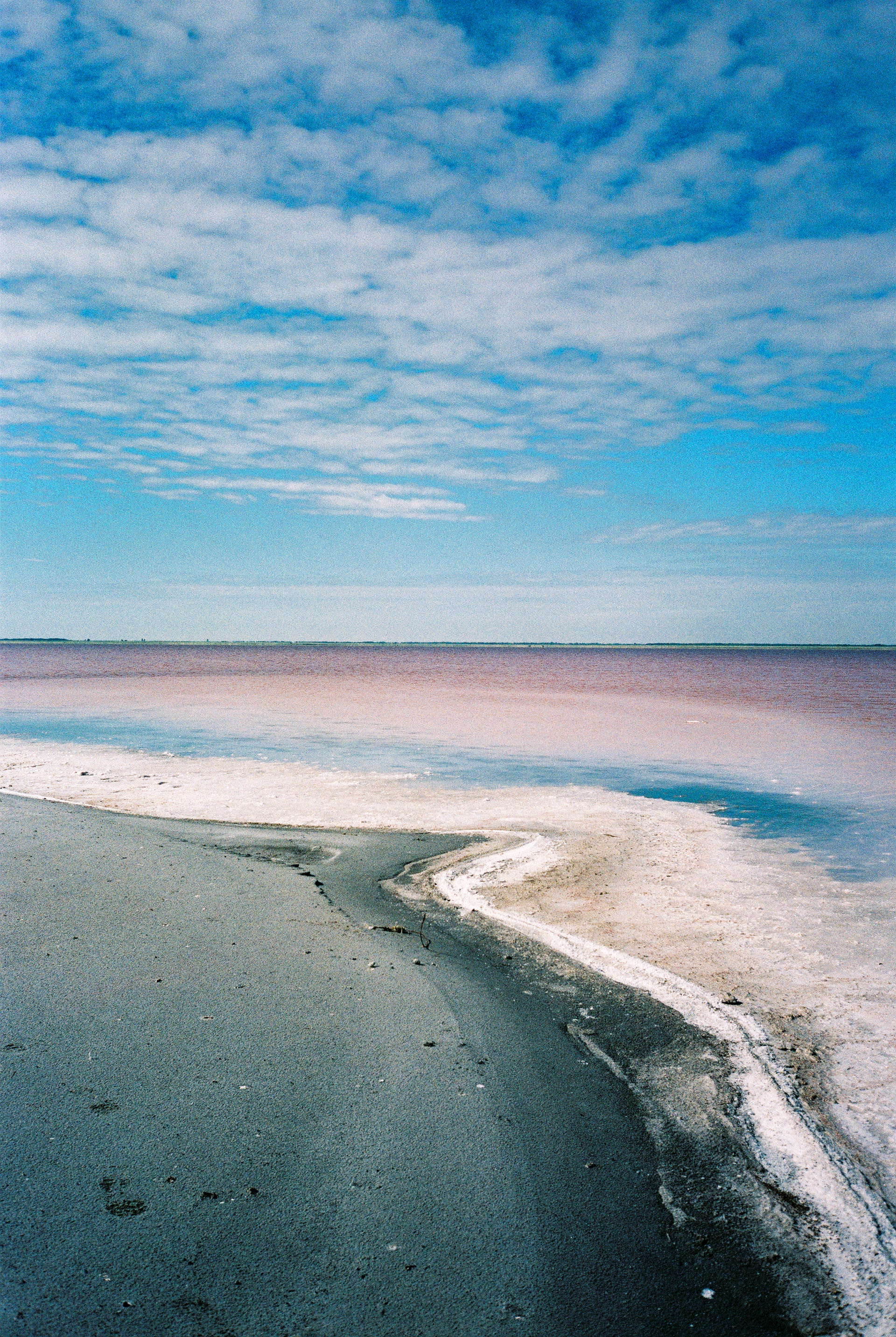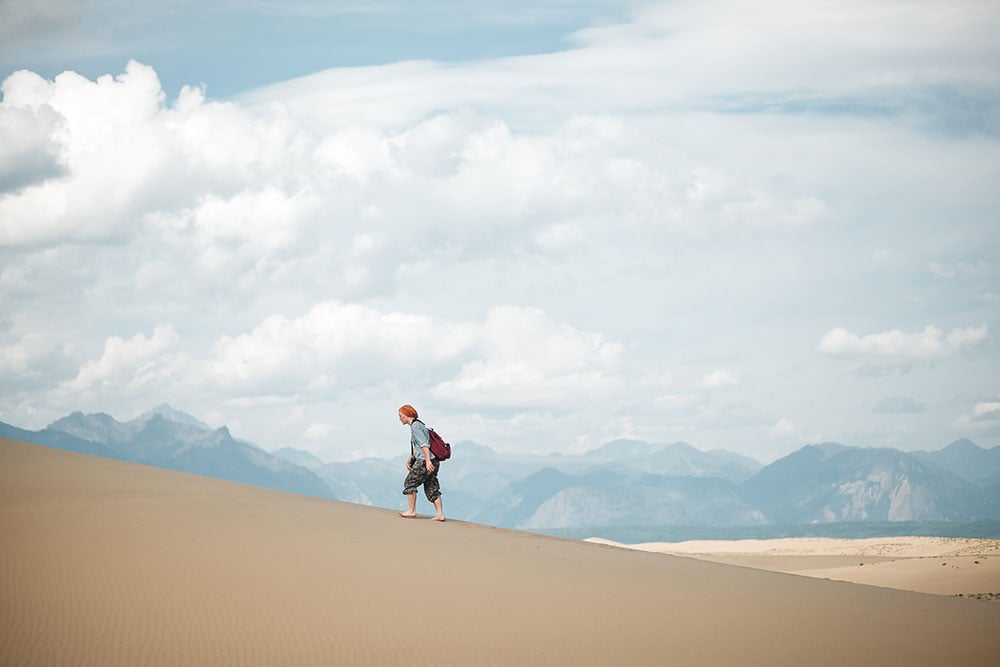Exquisite photos of Siberia’s candy pink lake
Each summer Lake Burlinskoye in Russia’s Altai region turns a pleasing shade of pink.
No, this isn’t some fanciful Instagram gimmick — pink lakes are in fact a natural phenomena.
There are many reasons for why salt lakes acquire this remarkable colour. One of the known causes is a pink-hued, salt-loving bacteria found in the lake. Anything that feasts on this organism also turns pink as a result, including Artemia salina, a species of shrimp, and the flamingos that consume them — which is why the birds are so colourful.
While the most well-known salt lakes of this colour are found in warmer climates — in countries like Australia and Senegal — they also exist in Siberia. One of them, Lake Burlinskoye, located near the village of Bursol in the Altai region, turns pink every August. Artemia salina inhabit other lakes in the Altai, Novosibirsk, and Omsk regions, but not all of these lakes bear the vivid hue.
Bursol has the largest deposits of salt in Western Siberia. Until 1991, all the salt sold in Siberia originated from Lake Burlinskoye. Today, Sol-Iletsk is the main source for salt. For more than 10 years, the local salt industry has constantly changed hands, and in 2008 completely shut down for several years.
The shore of the lake is bountiful in halophytes — an incredible variety of plants that can tolerate highly saline and arid conditions. What’s unusual about the plants is that they appear almost inanimate and plastic.
The lake itself is two-and-a-half metres deep, and you have to walk at least two kilometres before you’re submerged up to your waist. The bottom of the lake is covered in crystals, so shoes are a must if you want to venture into the water. That said, the salinity of the water will mean you won’t need to worry about swimming: you’ll be floating instead. The snow-white bottom reflects the sun perfectly, so you’ll need to be extra careful not to get burnt.
Saltwater lakes attract tourists every year for their numerous health benefits, and Lake Burlinskoye is no exception. Besides the magnesium-rich water, the mud on the shores has plenty of healing properties and is widely used as a skin treatment.
Compared to other lakeside getaways, Lake Burlinskoye does not have tourist infrastructure built around it. The journey from Novosibirsk takes five to six hours. The only visitors who come to the lake arrive from the town of Yarovoye, a 45-minute drive away, and stick around only for a few hours. Locals often rent out rooms near the lake, so it’s worth staying longer if you can.
These photos were originally published as part of Calvert 22’s Makers of Siberia project.




